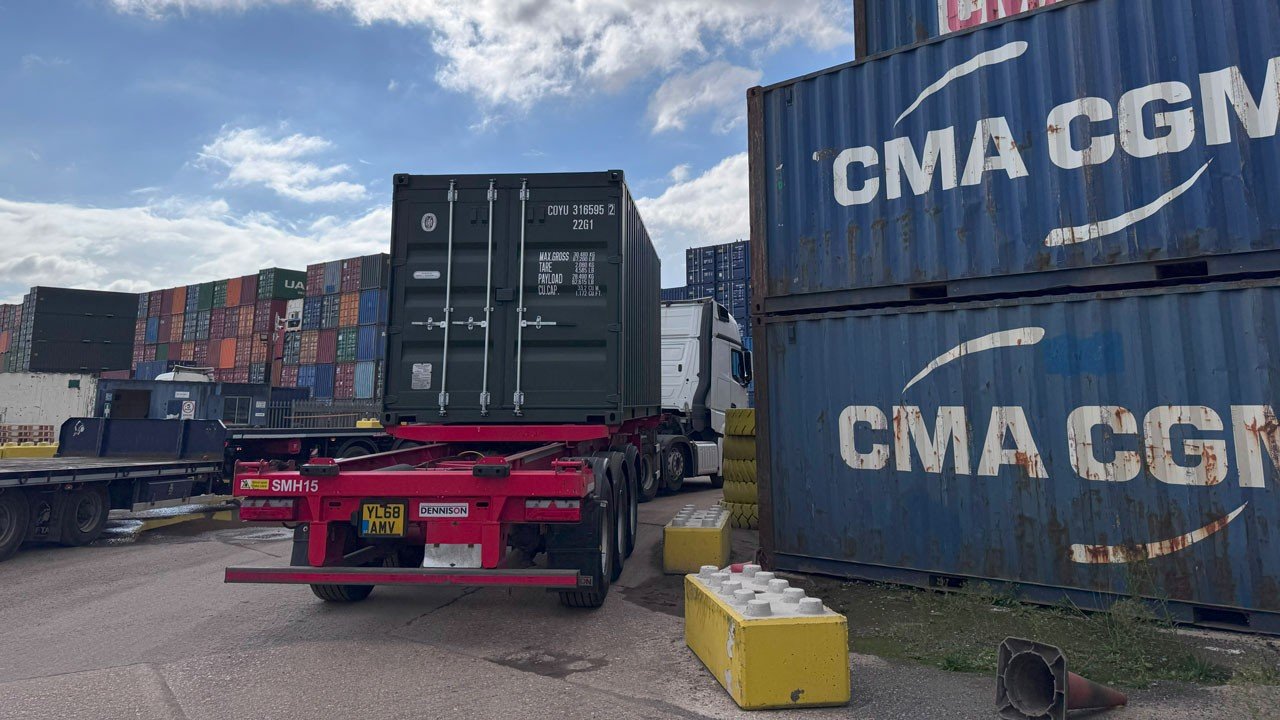
What is Verified Gross Mass (VGM)?
The Verified Gross Mass (VGM) of a shipping container is the total weight, including:
- The container's tare weight
- The weight of the cargo inside
- The weight of packaging materials
- The weight of any loading equipment secured inside the container
Importantly, VGM is not simply the estimated cargo weight or the weight listed on the Bill of Lading; it must be accurately verified before shipping.
Why is VGM Important?
VGM ensures the safe stacking of containers, proper ship stability, and the prevention of accidents at sea and ports. Without a declared VGM, a container cannot be loaded onto a ship, leading to costly delays and logistical complications.
Methods for Calculating Verified Gross Mass
There are two acceptable methods to determine VGM:
- Weighing the packed container: After sealing, the entire packed container is weighed using calibrated equipment.
- Calculating weight components: Each item, including packaging materials and loading aids, is weighed individually. The weights are then added to the container's tare weight.
Estimation is not permitted. All weighing equipment must meet national certification standards for accuracy.
The Role of SOLAS and the Shipmaster
The SOLAS amendments mandate that shippers provide the VGM to the carrier and terminal operator before container loading. The shipmaster has the final authority to refuse loading containers without a verified VGM, ensuring the vessel's safety and compliance with regulations.
Impact of VGM on the Shipping Industry
While VGM regulations have introduced additional documentation and operational procedures, they have significantly enhanced safety. VGM reduces the risk of cargo damage, ship instability, and workplace injuries. However, non-compliance can lead to:
- Shipping delays
- Heavy fines and penalties
- Operational inefficiencies
Details Required for VGM Documentation
VGM must be accurately documented and submitted, containing the following mandatory information:
- Booking or Bill of Lading (BL) Number
- Container Number
- Verified Gross Mass (VGM)
- Unit of measurement (kilograms or pounds)
- Authorised signatory (in capital letters)
- Method used for weighing (Method 1 or Method 2)
Optional information may include the responsible party's name, date of declaration, and name of the weighing party.
Contingencies for Containers Without VGM
If a container arrives at a terminal without VGM documentation, it cannot be loaded onto the ship. Terminals may provide weighing services, but the responsibility and any associated costs rest with the shipper unless otherwise agreed upon between commercial parties.
Ensure Seamless Shipping with Accurate VGM Documentation
Ensure your VGM documentation is complete and accurate to avoid delays, fines, and compliance issues. At Shipping Containers of Southampton, we offer guidance and support to simplify your shipping process.
Contact us today at 0330 0130 636 or email
Frequently Asked Questions about Verified Gross Mass
What exactly is Verified Gross Mass (VGM)?
Verified Gross Mass is a container's combined weight, contents, packaging, and any loading equipment. It must be accurately declared before shipping.
How is VGM calculated?
VGM can be determined by weighing the packed container as a whole or by summing the individual weights of the container, cargo, packaging, and loading materials.
Who is responsible for paying for the VGM weighing process?
The shipper and the service provider typically decide payment responsibility for the weighing process.
What is included in the container's Gross Mass?
The Gross Mass includes the container's tare mass, the weight of the cargo, the packaging material, and any additional loading devices inside the container.
Who is responsible for declaring the VGM?
The shipper, or a person authorised by the shipper, declares the Verified Gross Mass before loading the container onto a vessel.
Buy Shipping Containers
Hire Shipping Containers
Services
Areas Served
At Shipping Containers of Southampton, we serve locations across the South of England. Our hiab delivery coverage includes Reading, Portsmouth, Swindon, Basingstoke, Guildford, Maidenhead, Camberley, Eastbourne, Eastleigh, Bracknell, Bournemouth, Brighton, Slough, Crawley, Farnborough, Weybridge, Aldershot, and Chichester. Whether you need a new or used container, we offer prompt delivery and competitive pricing.
